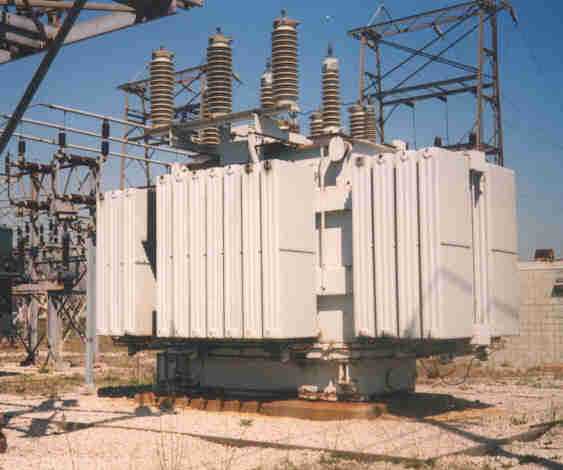The Market Segments
The company, we will call them Sirius Corporation, is one of many smaller firms in an industry
dominated by giants such as Siemens and General Electric. The "Name Brands" often have very long lead
times and a significant backlog.
All Segments
For manufacturers of large power transformers, product design and features are fairly
standard. Different manufacturers offer unique features but this rarely dominates a customer's
buying decision.
Most potential customers reference several industry standards such as ASTM D 3487 and IEEE
Standard C57.12.90. Conformance to such standards is a Qualifier. Without such conformance, a
manufacturer cannot compete in this market.
Quality is not a major issue in the normal selling process. When the product meets the usual
specifications, quality is acceptable. Quality can, however, have a significant cost impact. If
a transformer does not meet final test requirements, it must be emptied, disassembled and
repaired-- a very costly process.
Large Utilities & Constructors
Large utilities and construction companies such as Bechtel are the largest market segment.
Delivery speed is usually not a decider, as it is in most markets.
Most power transformers become a small part of very large construction projects. Construction
firms plan and schedule these projects years in advance and the delivery of transformers is
rarely on the critical path. The nine months or so lead time for a power transformer would be
considered very poor performance in some industries but is perfectly acceptable in this market.
Delivery reliability is another matter. While transformers are a minor part of most
construction projects, they are physically large. Customers order well in advance and suppliers
have ample time to build the product. But, customers do not want the product early because it is
difficult to store. Customers will not tolerate late delivery at all. Late delivery may stall a
half-billion dollar project.
Once the delivery time is agreed, meeting it is critical. A firm's historical performance in
this respect is a major deciding factor in the buying decision.
|
|

Substation Transformer
|
The large utilities and construction companies use a short list of "preferred suppliers."
Generally, these lists contain only the largest companies and well-known brands. Sirius is
effectively excluded from this market segment because of their size. This qualifying criteria
greatly reduces price competition in this segment.
Small Utilities
There are many smaller utilities and rural coops that will purchase from smaller
manufacturers. Their projects are smaller and often not managed as well as those of the large
utilities. Delivery speed is often an important decider in this market. When delivery speed is
not critical, price competition tends to dominate.
In their analysis, Sirius further segmented this market into those customers who planned
adequately and did not require short lead times (Normal) and those that typically ordered at the
last minute or later (Fast).
Emergency Replacement
Lightning strikes, poor maintenance and random events occasionally destroy a substation
transformer. When this happens, delivery speed is crucial.
The needs of large and small utilities are essentially identical in these instances and the
large utilities tend to ignore their "preferred supplier" lists. Price also becomes almost
irrelevant.
When a large-utility customer has good experience with smaller suppliers due to an emergency
situation, they may add the supplier to their preferred supplier list. While this is not common,
it can be important for the growth of the small manufacturers.
|





